
Browse by category
- Adaptive reuse
- Archaeology
- Arts and creativity
- Black heritage
- Buildings and architecture
- Communication
- Community
- Cultural landscapes
- Cultural objects
- Design
- Economics of heritage
- Environment
- Expanding the narrative
- Food
- Francophone heritage
- Indigenous heritage
- Intangible heritage
- Medical heritage
- Military heritage
- MyOntario
- Natural heritage
- Sport heritage
- Tools for conservation
- Women's heritage
Preserve the craft and the built heritage will follow


"As with the buildings, the skills and knowledge of traditional craft must be preserved in order to maintain the culture that sustains our communities."
Andrew Pamenter and Christopher Hahn
Readers of this magazine will agree that heritage buildings play a significant role in the fabric of a community. An appreciation of these buildings, however, is insufficient. We need heritage craftspeople if these buildings are to remain viable.
The thoughtful application of skills and understanding of materials is necessary to maintain, restore or rehabilitate these buildings. This intangible heritage, contained within experienced tradespeople, is both an integral and inseparable component of the tangible heritage of our buildings.
The Heritage Trades programs at the Perth Campus of Algonquin College strive to nurture this understanding and develop these skills. The Heritage Carpentry and Joinery Program gives students experience working in contemporary and traditional construction, as well as the creation, reproduction and restoration of architectural millwork – including stairs, doors and windows – through work on campus and on-site in four semesters. The Masonry Heritage and Traditional Program uses three semesters to cover the fundamentals of construction, repair and restoration of block, brick and stone buildings, both in shop and on-site on projects throughout the region.
Our emphasis on heritage serves the buildings themselves and the heritage community while supporting craft and creative problem-solving in the industry in general. Our graduates participate creatively and to a high level of performance in an industry increasingly dominated by installation of prefabricated products at the lowest price. Hopefully, by contrast, our students will build today what will become the heritage structures of tomorrow.
Algonquin students come to Perth from across Canada, the United States and even Europe, Asia and South America. At an average age of 28, they bring a fascinating range of life experiences. They explore craft and materials and learn the fundamentals of building construction, fitment and conservation. After graduation, it is not just about old buildings – our graduates are leather workers, teachers, timber framers, straw bale builders, fabricators in custom stair shops, dry laid stone wallers, stone carvers in the Parliamentary Precinct, pizza oven builders, home inspectors and instrument makers. The common thread is the culture and craft of traditional trades.
Much can be accomplished from the interplay between tool and material when guided by hand and eye. We see the pride that comes from working with one’s hands and mind. These trained craftspeople are creating jobs, raising their families in the communities in which they work, creatively using their knowledge and resources to contribute to the world around them.
The issue of replacement windows provides an excellent example of the impact a workforce of skilled and thoughtful tradespeople can have on a community. Replacement windows are built using petroleum products in a distant factory with low-wage labour and then installed. Unable to be repaired, they are discarded within 25 years. Consider instead local craftspeople hired at good wages who rejuvenate, weatherize and repair existing windows for a similar or lesser cost with comparable or better performance. Thoughtful maintenance and care of buildings provides good employment, consumes local materials and is ultimately far more impactful than installing “maintenance-free” products.
As with the buildings, the skills and knowledge of traditional craft must be preserved in order to maintain the culture that sustains our communities.
Gradually but increasingly, communities, regions, even nations are recognizing the importance of heritage craft knowledge. Japan protects this knowledge and training in its legislation while Britain is establishing training centres for traditional trades. Alberta and Saskatchewan provide scholarships for students studying traditional trades, as do the Port Hope and London chapters of the Architectural Conservancy of Ontario. Imagine if every community financially supported a student or two annually to take one of our programs or a program at an institution like ours. In just a handful of years, those communities would have individuals ready, able and willing to begin the work of their own local heritage conservation projects.
The intangible heritage that is manifest in the care of old buildings has profound implications for the quality, durability and utility of our tangible heritage. Therefore, this knowledge and skill must be supported by those who need it. If the thought, craft and quality of heritage trades is recognized, the preservation of our stories through built heritage will be a lot closer to reality. Preserve the craft and the built heritage will follow.

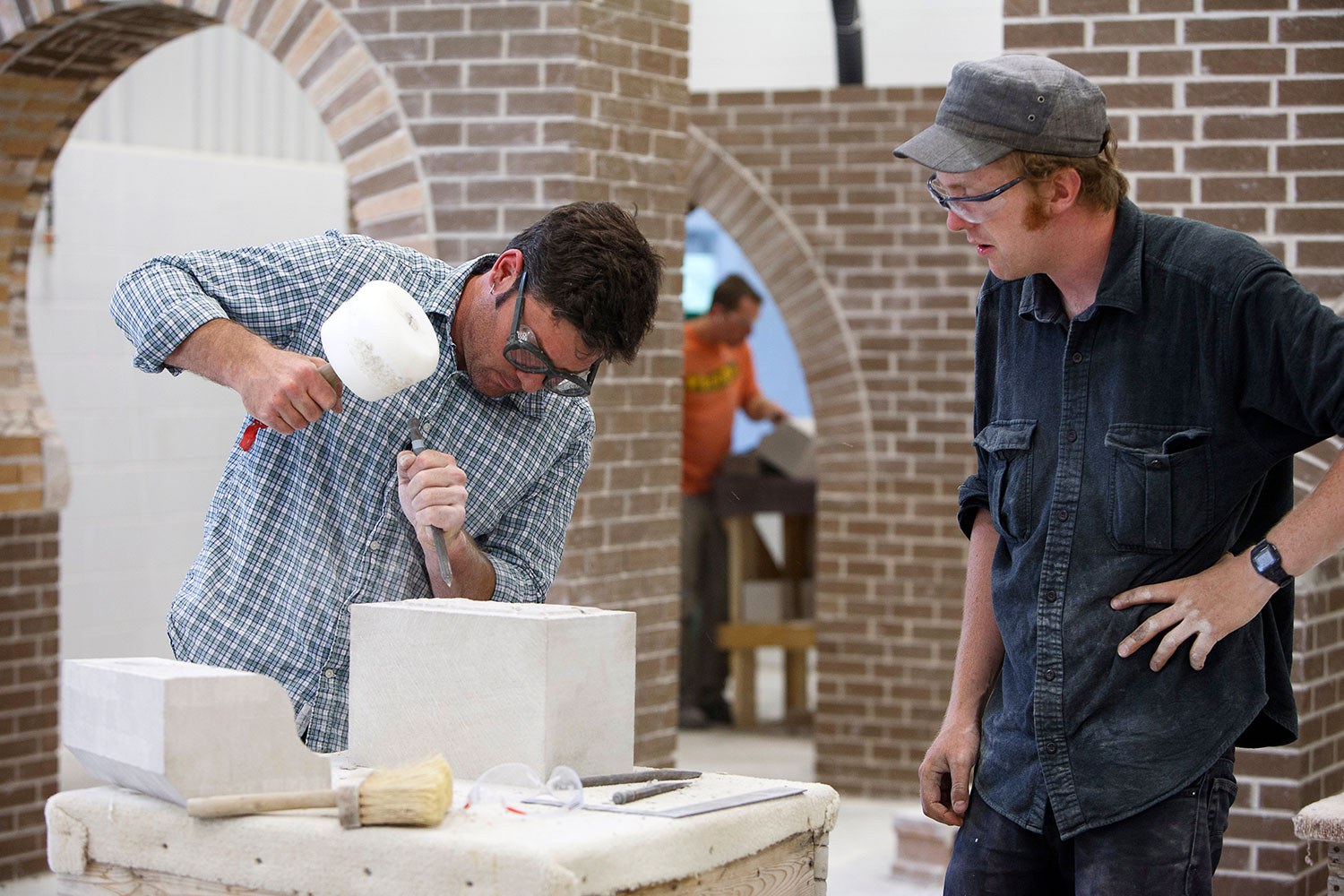



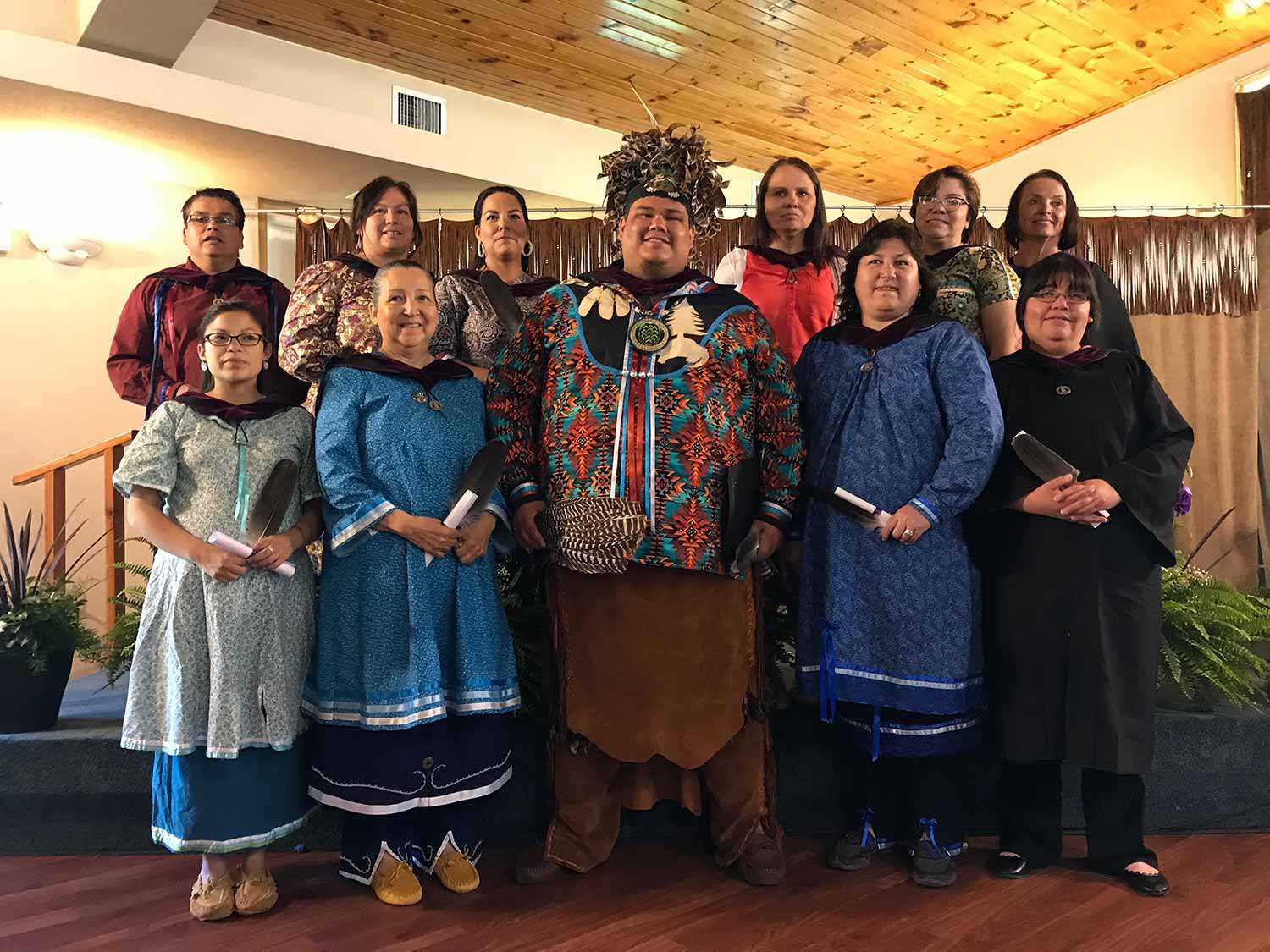








![Rose Lieberman, Rose [Hanford?] Green and Aaron and Sarah Ladovsky in front of United Bakers restaurant, Spadina Ave., Toronto, 1920. Ontario Jewish Archives, Blankenstein Family Heritage Centre, fonds 83, file 9, item 16.](https://www.heritage-matters.ca/uploads/Articles/SoupsOn_Archival_3505.jpg)

